Here’s the good news that I forgot to mention: the deck is already stacked in our favor! Market farmers today have incredible advantages and resources that we wouldn’t have dared to imagine twenty-five years ago.
We have aware customers and markets. Organic and local have become part of the food lexicon, to the point where even conventional stores stock organic produce. Many stores have even dedicated entire sections of the store to “natural” foods. Michael Pollan is, at least in some places, a household name.
We’ve got restaurants and grocery stores clambering to jump on the local food bandwagon.
We have the idea of CSA - something that was only the glimmer of an idea in most of the country in 1991. Look back at the text that many of us relied on in the early 1990’s, Eliot Coleman’s New Organic Grower. No, not the new edition – look at the old one. Eliot talks about a “food guild,” but the idea is so fresh that the words Community Supported Agriculture aren’t associated with it.
Oh, and that text? About that. That was the only text available about organic market farming. Now you can fill entire bookshelves with excellent, accessible books about the details of organic market farming, orcharding, organic farm business management, medicinal herb production, crop planning, organic soil management… the list goes on and on.
And information? Talk about information. Growing for Market broke new ground in the early 1990s by publishing a newsletter by and for market farmers. Outside of the conventional agriculture and large-scale wholesale vegetable publications, that was really it for a long time.
Organic research was pretty much non-existent twenty-five years ago. When I worked in the carrot breeding program at the University of Wisconsin, “organic” meant that you didn’t do anything to it at all – including cultivating. In my soil science class, I waited anxiously all semester for the one lecture on organic farming. On that day, the professor stood up with an empty bag of dried steer manure from the garden center and said, “Look at the analysis on this! 0.5, 0.5, 0.5. You can’t grow anything with this.” Now, the UW and most other land grant universities have entire faculty positions focused on organic production.
We’ve even got the internet! I remember the excitement of getting Steel in the Field on video and watching it on a VCR, pausing and rewinding to grab each little detail. I also remember calling Richard de Wilde to have him explain to me, without pictures, how to set up the cultivators on a farm I had just started to manage - he hadn’t seen them, and getting him pictures would have required having film developed and pictures posted. For most things, if we wanted to see it in operation, we had to go and see it. Today, YouTube provides an endless array of insights into how to get things done on the market farm. (Check out this video of asparagus harvest in California if you want to feel slow.)
On the finance side, we’ve got amazingly low interest rates, and bankers who don’t all think you’re crazy for wanting to start an organic vegetable farm somewhere outside of California.
And, yes, there are still shortcomings. We need more customers willing to pay a premium for local and organic food. We need distribution systems adapted to our needs as farmers. Land prices are outrageous in many places. Organic research is still a crazy-small part of the overall USDA research budget. We’re facing new regulations and expectations for food safety. And more.
But overall, I don’t think there’s ever been a better time to be a market farmer. And even if there has, this is the time we’ve got. So use the all of the tools and resources at your disposal and make the most of it!
Happy new year! Here’s to the best of fortune in farming, family, business, and life in 2016!
[HT Steve Pincus http://www.farmertofarmerpodcast.com/episodes/pincus]


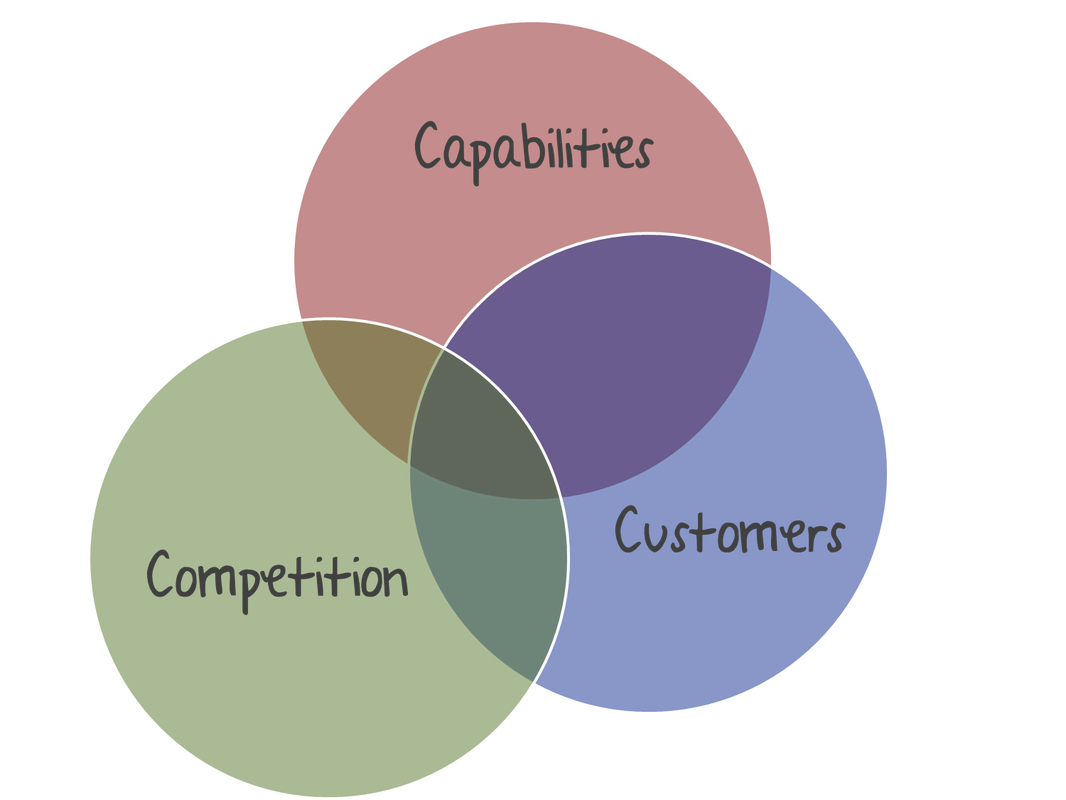

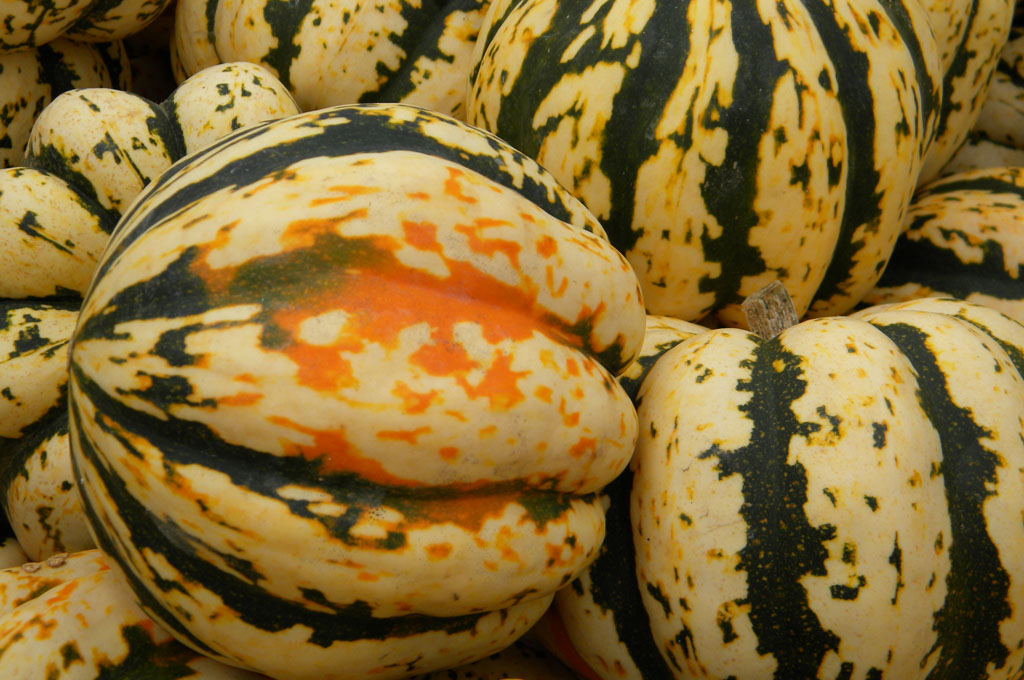
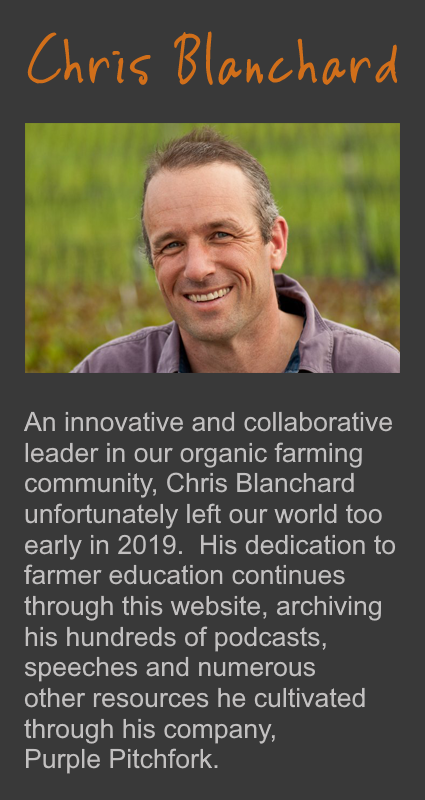
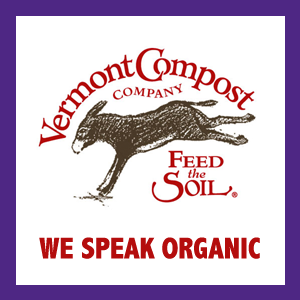
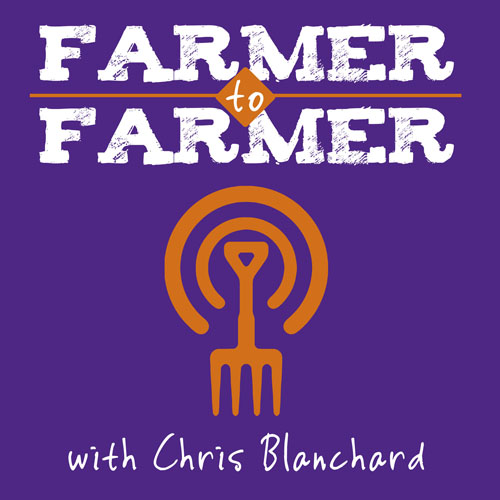
 RSS Feed
RSS Feed
